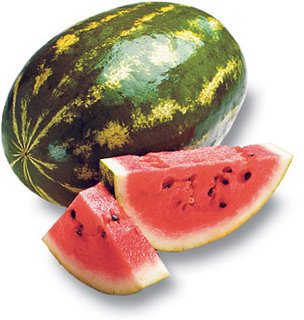
Since I first began blogging about national parks and climate change I have had a number of concerned people ask me “What can I do to help?” This blog is dedicated to helping those people find the information they need in order to help both our country’s beloved national parks and our planet.
Let me begin by saying that climate change is not only a problem within the national parks, it is first and foremost a global problem that requires global action to overcome. This means that even if you are thinking “I am only one person, what can I do?” just remember that real, lasting social change often starts out small, on an individual level. Just think what could happen if everyone who felt that way were to actually do something about it and make that one small change in their lives. We could change the world! Being a citizen on this planet means that you are a part of that global whole, and the one small change you do make actually does make a difference to both our national parks and our planet. Ok, I think you get the picture…enough preaching to the choir, here are some very simple things you can do to make a difference in our world and help preserve our national parks, unimpaired for future generations.
First off on a larger scale, the U.S. EPA has a wonderful link listing 25 things you can do to help cut greenhouse gas (GHG) emissions. Here are some examples:
*replace conventional bulbs with energy saver bulbs
*look for energy star qualified products
*seal and insulate your home
*use a push mower instead of a gas powered mower
*compost your food and yard waste
*keep your car tuned
*keep adequate pressure in your car tires
*walk, bike, or use public transportation
*use the power management features on your office equipment to save energy
*REDUCE, REUSE, RECYCLE
*educate your children about how they can reduce their impact
*teach children about climate change and ecosystems
The
EPA site also has a GHG emissions calculator that can estimate your household’s annual emissions and offer ways to reduce them.
Next you can support the
National Parks Conservation Association, a non-profit organization created in 1919 to support our national parks. The NPCA is constantly conducting studies within the parks with regard to climate change and even has a publication entitled Unnatural Disaster: Global Warming & Our National Parks which is full of information about how climate change is affecting our parks. I highly recommend reading this. While you are there you can find out more about the NPCA, what studies are being done in various parks and pledge your support.
Next you can visit the
Climate Friendly Parks website which is a partnership between the NPS, EPA, and the NPCA to help the national parks become carbon neutral and educate their employees and the public about how they can help reduce the impacts of climate change. Here you will be able to see which parks are participating in the CFP program and monitor their progress through the process of becoming carbon neutral. While you are at it you can also find out what you can do to
Do Your Part to support the Climate Friendly Parks program.
For those of you who live in the state of Washington you may find this link about what you can do to
Help Mount Rainier Become Carbon Neutral informative. You can also learn more about sustainability and how to become a
Steward of the Environment at this link also from
Mount Rainier National Park.
You can also support your national parks by purchasing an annual pass called the
America the Beautiful pass. You can either purchase an annual pass for an individual park or a pass for every national park and federal recreational land in the country. This is the one I choose to get, I believe it cost $80 and it is a bargain for people like me who love to visit our parks and forest service lands. In just a few trips it has paid for itself. The best part of purchasing either pass is if you purchase them actually in the park rather than online, the money goes directly to the park that your pass was purchased in, making it even easier to support the park you love.
Lastly please, please, please (pretty please) vote to increase funding for our national parks. It has been a very common story among everyone in every park I have spoken with that there needs to be more funding for research, repairs, upgrades to greener facilities, maintenance, public education, etc. These places that harbor such unique and pristine environments, rich cultural heritage, endangered and threatened species, spiritual and inspirational landscapes, recreational opportunities galore, and embody the spirit of our nation need your help. They are your treasures, please help to keep them unimpaired for future generations.














